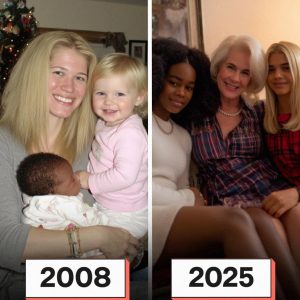The Mariana Trench, the ocean’s deepest point, was long thought untouched by humans. That illusion was shattered with the discovery of a single plastic bag at its bottom, revealing that even the planet’s most remote areas are not immune to pollution. This stark reminder highlights the far-reaching impact of humanity’s reliance on plastic and the urgent need for global action.
Though the trench appears desolate, it hosts diverse life, including coral, jellyfish, and deep-sea octopuses. Research shows that 17 percent of deep-sea plastic interactions involve marine life—through entanglement or ingestion—threatening fragile ecosystems.
Single-use plastics, such as bags and packaging, are the worst offenders. Used briefly, they persist for centuries, traveling to oceans via rivers, wind, and runoff. Data from the Deep-Sea Debris Database shows that nearly 89 percent of plastic in the Mariana Trench is single-use, underscoring the vast scale of disposable waste.
Around 20 percent of oceanic plastic comes from ships, while 80 percent originates on land, often funneled through ten major rivers that carry millions of tons annually. Discarded fishing gear adds to the problem, forming massive patches like the Great Pacific Garbage Patch. As plastic breaks down, it releases harmful chemicals and microplastics that settle on the seafloor, contaminating even the deepest ecosystems.
The lone plastic bag in the Mariana Trench is more than litter—it is a warning. It shows that pollution knows no boundaries and that protecting our oceans requires urgent, united effort. The world must confront plastic waste now, before its reach extends even further into the hidden depths of our planet.





